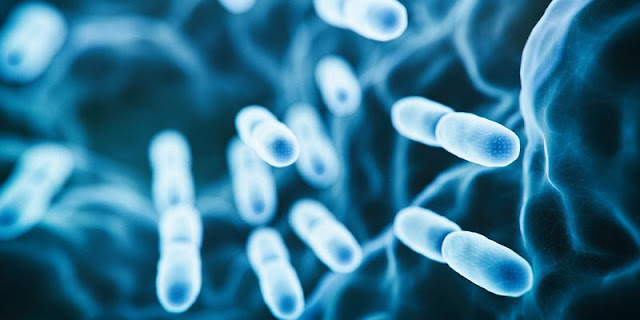A robot learns to imagine itself
Our body image is not always correct or realistic, as every athlete or fashion-conscious person is aware, but it's a crucial piece of knowledge that affects how we behave in the outside world. Your brain continually plans ahead while you dress or play ball so that you may move your body without bumping, stumbling, or falling.
As babies, we develop our ideal body types, and robots are doing the same. Today, a team from Columbia Engineering said that they had developed a robot that, for the first time, could learn a model of its whole body from scratch without the aid of humans. The researchers explain how their robot built a kinematic model of itself and utilized that model to plan movements, accomplish goals, and avoid obstacles in a range of scenarios in a new report published in Science Robotics. Even damage to its body was automatically detected, repaired, and then detected again.
Robot looks at itself as if it were a baby discovering itself in a room full with mirrors.
A robotic arm was positioned inside a circle made up of five streaming video cameras by the researchers. Through the cameras, the robot observed itself as it freely oscillated. The robot squirmed and twisted to discover precisely how its body moved in reaction to various motor inputs, like a baby discovering itself for the first time in a hall of mirrors. The robot eventually halted after roughly three hours. Its inbuilt deep neural network had finished figuring out how the robot's movements related to how much space it took up in its surroundings.
Hod Lipson, professor of mechanical engineering and head of Columbia's Creative Machines Lab, where the study was done, stated, "We were particularly intrigued to understand how the robot envisaged itself." But because a neural network is a dark box, you can't merely glance inside one. The self-image eventually came into being as the researchers tried with numerous visualization approaches. The robot's three-dimensional form looked to be engulfed by a type of softly flashing cloud, according to Lipson. "The shimmering mist softly followed the robot as it traveled." The self-model of the robot was accurate to 1% of its workspace.
Self-modeling robots will result in autonomous systems that are more self-sufficient.
Robots should be able to create models of themselves without assistance from engineers for a variety of reasons. It not only reduces labor costs, but also enables the robot to maintain its own wear and tear, as well as identify and repair damage. The authors contend that this capability is crucial since increased independence is required of autonomous systems. For example, an industrial robot may see that something isn't moving properly and make adjustments or request assistance.
Boyuan Chen, the study's first author and an assistant professor at Duke University, said, "We humans obviously have a concept of self. "Try to visualize how your body would move if you were to do a certain movement, like stretching your arms forward or taking a step back. A self-model, or idea of self, exists somewhere in our brains and tells us what area of our immediate surroundings we inhabit and how that area varies as we move."
Robot self-awareness
The project is a component of Lipson's decades-long search for strategies to give robots a semblance of self-awareness. He said, "Self-modeling is a basic sort of self-awareness. A robot, animal, or human that has a realistic self-model has an evolutionary advantage because it can operate better in the real environment and make better judgments.
The limitations, dangers, and issues associated with providing robots more autonomy through self-awareness are known to the researchers. As he stated, Lipson is quick to acknowledge that the level of self-awareness shown in this study is "comparatively little to that of humans, but you have to begin somewhere. To maximize the rewards and reduce the hazards, we must go cautiously and gently."



Comments
Post a Comment